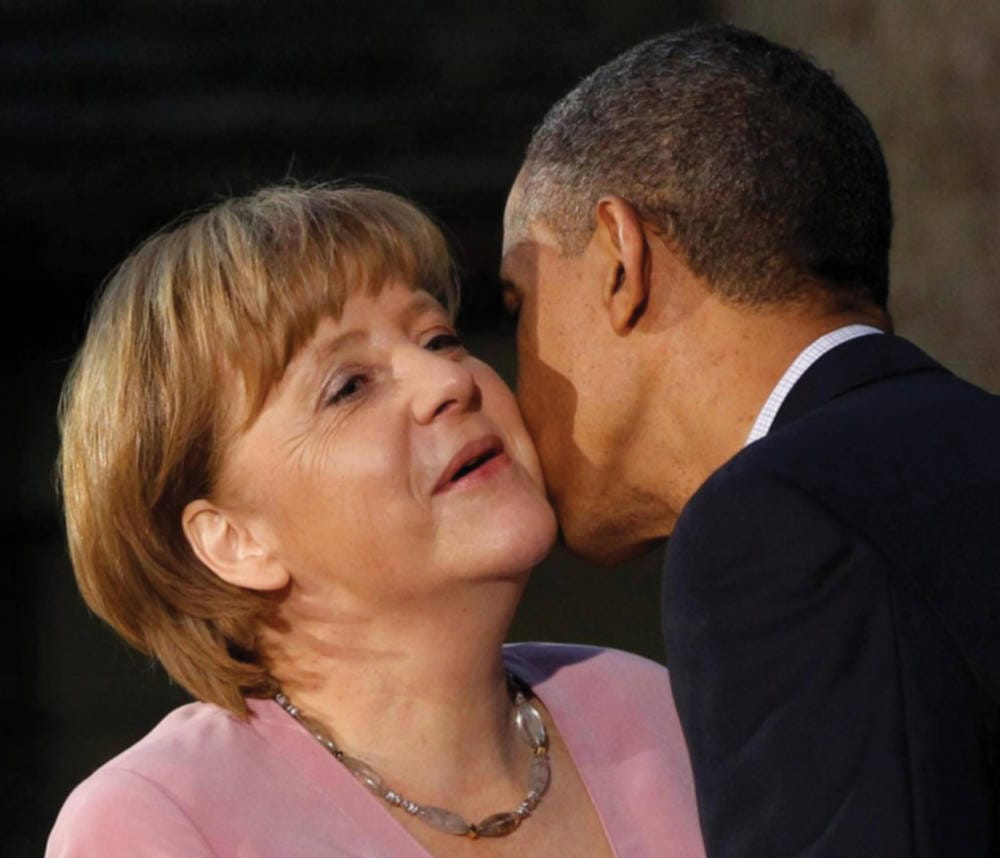Lifting the Barriers
What does a trade agreement between the two largest economies in the world mean?

Spring seems to be in the air. The feeling of change and new prospects seem to blossom. For 2013 marks the beginning of free trade negotiations between the EU and the US.
So why should you care? Free trade agreements are about removing barriers between nations. Quotas, which limit the amount of imported goods, and tariffs, which serve as an import tax, are set in place to benefit local manufacturers and businesses. Imported goods are inflated in price, giving the consumer incentive to buy local.
While these protectionist measures keep local unemployment down, trade barriers do more harm than good, especially for the consumer. In a free market system the lowest priced goods are the ones that win out. This either destroys the competition or causes them to change their game and adapt to the situation at hand.
The late Soviet Union serves as a rather extreme example of the evils of protectionism. After its economic boom in the 50s, centralized planning and resource managing meant that there was no incentive for industries to modernize. Extreme limits on imported goods meant there was no tangible competition. As a result of this and other factors the economic stagnation of the 70s and 80s became a harsh reality.
As the example of the Soviet Union illustrates, protectionist measures do provide for some short-term gains, but as a long term economic policy they only serve to handicap. Only direct competition could allow for continuous modernization and relevance in a global trade environment.
This is why you should care. The EU and the US represent the largest economies of the world. The two represent nearly half of the world’s GDP and 800 million people. Negotiations could come linking European ties with NAFTA (North American Free Trade Agreement), an agreement between Canada, the US and Mexico. If such an agreement was settled, the economic benefit would be enormous. A research institute in Munich found that if a comprehensive agreement is reached then living standards in both the US and the EU could rise by more than 5% by 2030. Trans-Atlantic trading could treble. This would also include standardizing safety rules, competition laws and technical procedures.
But money isn’t everything. The negotiations could be serving a political purpose as well. This potential union would serve as a counterweight of the rising influence of ACTFA (ASEAN-China Free Trade Agreement), which links Southeast Asian economies to China’s growing clout.
But not all are convinced. Some view the negotiations as too good to be true. There is already the usual muttering of losing jobs in both the US and the EU. This talk will get louder as the negotiations get closer to fruition. However, unemployment concerns have always figured into free trade talks. The long-term realities of an agreement are simply that more jobs are created than lost.
The more troubling concern for these negotiations comes from the side of the EU. Ratifying any agreement of such calibre will most likely require every country’s approval. For export driven economies, such as Germany, the target will be a broad and comprehensive agreement. The real sticking point could turn out to be France and southern countries, especially in terms of regulating agriculture. American agricultural output is massive in comparison to southern Europe. Cheap, US goods threaten the livelihood of southern European farmers. Health and safety laws differ as well: the spectre of GM foods will likely rear its head in discussions.
The other complication lies with the US. If negotiations stall for longer than two years, a comprehensive EU-US trade agreement will be a hard sell for Obama. He might then turn his attention to establishing further ties in the Pacific.
As it stands to reason, an EU-US free trade agreement seems somewhat utopic. Even with a target date of 2015.Here’s to hoping it won’t get bogged down in negotiations.









